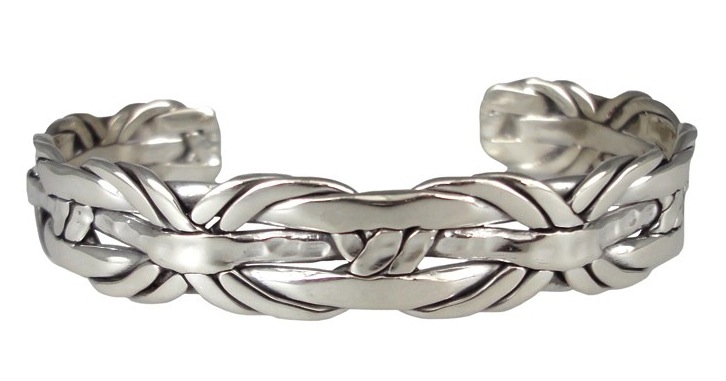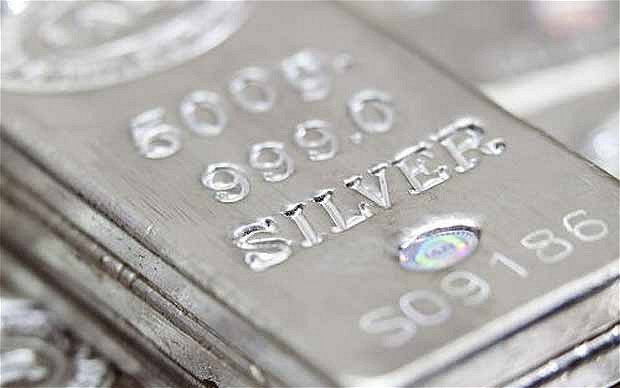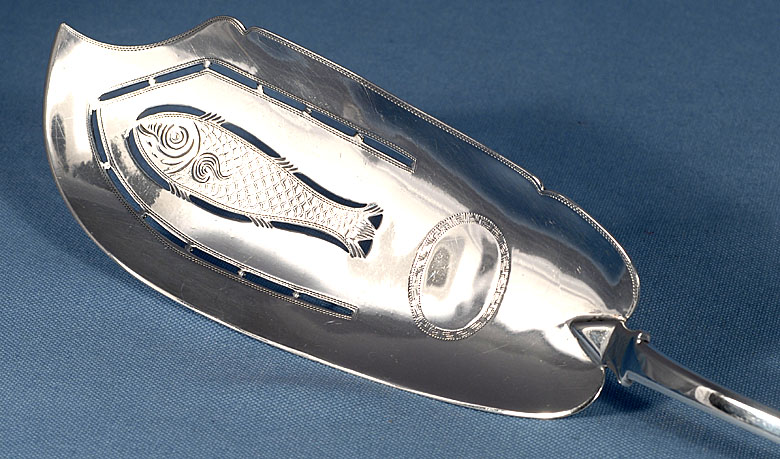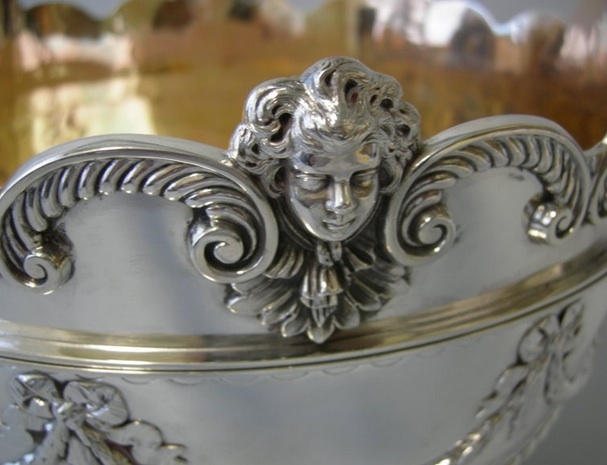EDINBURUGH, Scotland (1681 – 1974)
Edinburgh Assay Office
Goldsmiths’ Hall
24 Broughton Street
Telephone 0131 556 1144
[email protected]
The Incorporation of Goldsmiths of the City of Edinburgh was established at an unknown date in the mid-fifteenth century and is today the oldest consumer protection group in Scotland. It is believed to be the oldest continuously existing business of any kind in the country. Its origins may be traced back to shortly after 1424 when an Act of Parliament encouraged the different trades in the royal burghs of the kingdom each to have a Deacon to oversee their activities. The Incorporation’s function was to look after the interests of the craft of goldsmith, silversmith and jeweller in the city and to regulate the workmanship of its members. In 1457 The Deacon of the Incorporation became responsible for assaying and marking the goldsmiths’ work and for administering the business of the craft in general. In 1681 the first Assay Master was appointed.
The earliest surviving records date only from 1525 and include the valuable first volume of the Minutes of the Incorporation’s Meetings. From this source it is possible to construct a history of the Incorporation, not only in its broad outlines but often with particular details about most of the Freemen (Members). The prayer at the front of the volume is still in use and is said by the Deacon before all the general meetings. The Minutes from 1525 to 1700 have been transcribed and are presently being edited for publication so as to make that part of the Incorporation’s history better known and understood.
On the 10 November 1687 King James VII granted the Incorporation its Royal Charter which confirmed all the previous privileges and duties granted to the Goldsmiths as an Incorporated Society and extended their powers even further. In 1784 the Incorporation became responsible for assaying and marking all the gold and silver wrought not only in Edinburgh but in the whole of Scotland; between 1819 and 1964 this responsibility was shared with another assay office established in Glasgow.
After the flourishing days of the 18th and early 19th centuries, the number of Freemen gradually declined. The remaining members petitioned Parliament for a new constitution, which they received in 1975, allowing them to broaden the scope of their activities
From 1975 to present, a lion rampant mark (same as Glasgow’s) has replaced the Thistle as the standard mark.


![]() TABLE OF EDINBURGH DATE LETTERS • 1681 – 1931
TABLE OF EDINBURGH DATE LETTERS • 1681 – 1931
City of Edinburgh – 1823 – William Auld, Reign of George IV

Edinburgh Date Letters • 1156 – 1687

Edinburgh Date Letters • 1681 – 1931
The shape of the shield cartouche around the City Mark and Standard Mark generally change to match the shield around the Date Letter Mark.

EDINBURGH MAKERS’ MARKS
| AE | Alexander Edmonstone | JMc | John McKay |
| AG | Alexander Gairdner | JN | James Nasmyth |
| AH | Alexander Henderson | J & WM | James & William Marshall |
| AK | Alexander Kincaid | LO | Lawrence Oliphant |
| AS | Alexander Spencer | LU | Leonard Urquhart |
| AZ | Alexander Zeigler | MC | Matthew Craw |
| CD | Charles Dixon | M & C | McKay & Chisholm |
| E & Co | Elder & Co | M & F | McKay & Fenwick |
| EL | Edward Lothian | M & S | Marshall & Sons |
| EO | Edward Oliphant | MY | Mungo Yorstoun |
| GC | George Christie | PM | Peter Mathie |
| GF | George Fenwick | PR | Patrick Robertson |
| G & K | Gilsland & Ker | PS | Peter Sutherland |
| GMH | George McHattie | RB | Robert Bowman |
| GS | George Scott | RC | Robert Clark |
| HB | Henry Beathume | RG | Robert Gordon |
| HG | Hugh Gordon | RI | Robert Inglis |
| ID | James Dempster | RK | Robert Ker |
| IG | John Gnsland | WA | William Auld |
| IK | James Ker | WG | William Ged |
| IR | James Rollo | W & PC | William & Peter Cunningham |
| IW | John Walsh | WR | William Robertson |
| IZ | John Zeigler | WS | Walter Scott |
| JD | James Douglas | WT IT |
William & Jonathan Taylor |
| JM | Jonathan Millidge |











